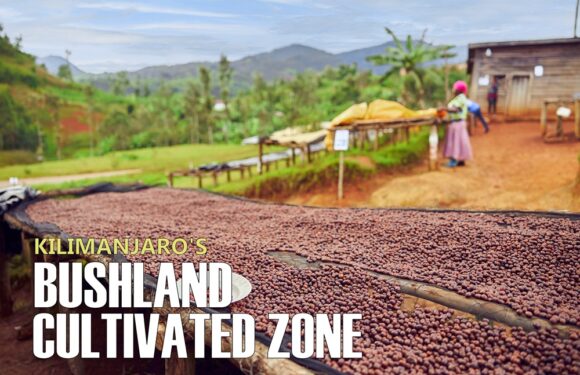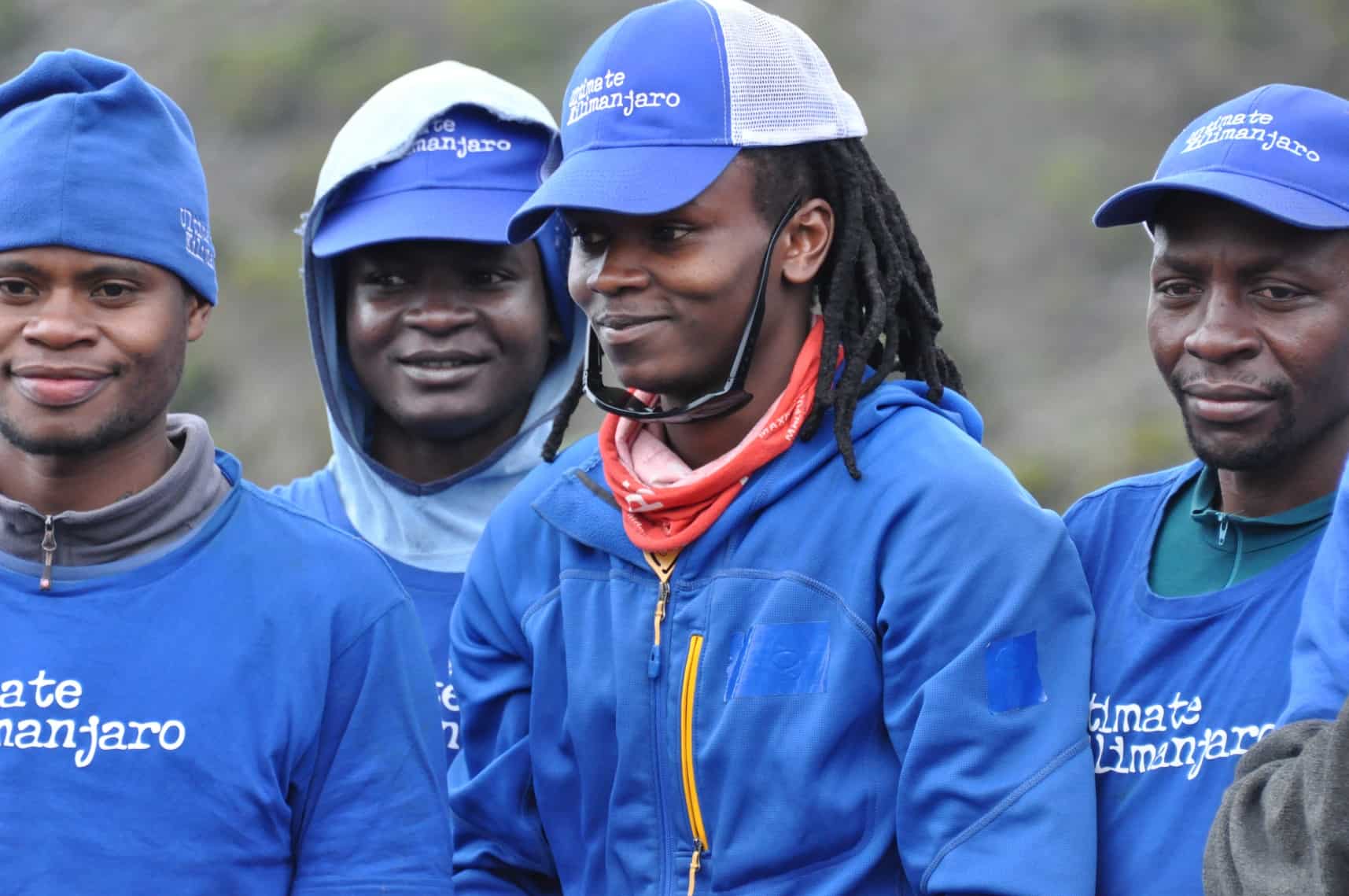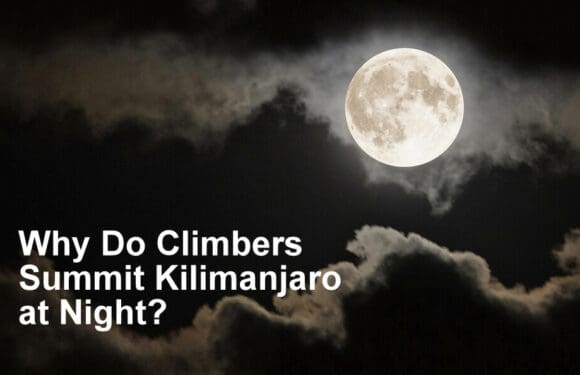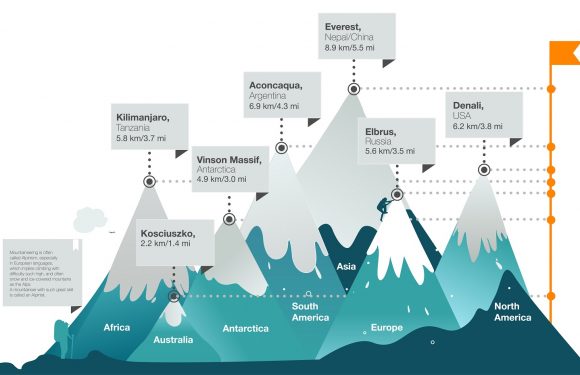When we venture into the remote wilderness, we expect to find peace and solitude. But as the popularity of certain destinations continues to increase, the reality is that visitors will most likely have to share their experiences with others whether they want to or not.
Number of Visitors
A simple calculation suggests that 850 to 1,660 climbers are the mountain on any given day during the peak season.
According to the Tanzania Tourist Board, the country sees 1.5M tourists per year. The main draws are safaris in Tanzania’s famous wildlife parks and climbing Africa’s highest peak, Mount Kilimanjaro.
Between 30,000 to 50,000 people climb Kilimanjaro annually, most of whom visit during the dry seasons. These dry seasons total 7 out of 12 months. If we divide the number of visitors by 7 months, we get an average of 4,285 to 7,124 people per month. Taken further, that’s 142 to 237 people starting a climb everyday. If each person spends 6-7 days on the mountain, that’s actually around 850 to 1,660 tourists on the mountain at any given time.

Now we have to factor in the mountain crews that support the tourists.
Depending on the route there are 3 to 4 staff per client. So if we multiply the number of tourists by let’s say 3.5 staff per client, we get about 3,000 to 5,800 total, clients and staff, on the mountain on any given day.
Now whether or not that is crowded is a matter of opinion.
Kilimanjaro Campsites
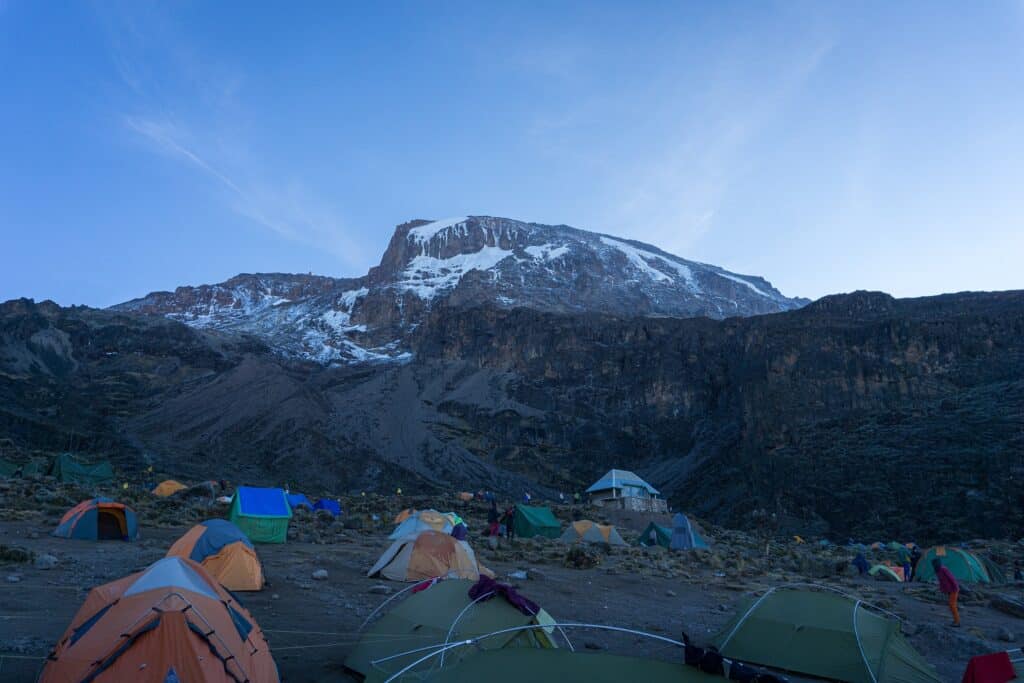
Keep in mind that these people are spread out among all the park’s various campsites and trails. To get an idea of how many people are at each campsite, we can look at the Marangu route for answers.
Marangu is unique in that it’s the only route with sleeping huts; all other routes require camping. However, there are huts on the Marangu trail that allow climbers to sleep in a shelter and on a mattress.
There are three such huts on the route – Mandara, Horombo, and School Hut. The number of beds in these huts is 60, 120, and 60, respectively. Horombo has double the beds because it is used on the ascent and descent, while the others are only used on the ascent.
Based on the capacity of the huts, you can see that on this route there is the potential to share the site with up to 120 clients and a few hundred local staff.

This also applies for certain other campsites on the mountain where different routes converge into one. For instance, Barranco, Karanga and Barafu are all very busy campsites. Barranco in particular can be pretty crowded. It’s a sprawling campsite and there can be up to 1,000 people (climbers and staff) during the busy season.
At the same time, some campsites will have very few people, even during the busy season. For instance, the Rongai route and Northern Circuit route don’t see much foot traffic, until they combine with other more popular routes before the summit.
So there are quite a few variables that will determine whether or not the mountain will seem crowded. It depends on the route you use, the specific campsite you stay at, the time of year you climb, even the day of the week it is.
Where Does It Get Crowded?
But before you start making nuanced adjustments to your itinerary, let me share some of my insight. I have climbed Kilimanjaro multiple times, in various months including the off season.
There are only two spots where I felt the trail was log jammed.
Barranco Wall
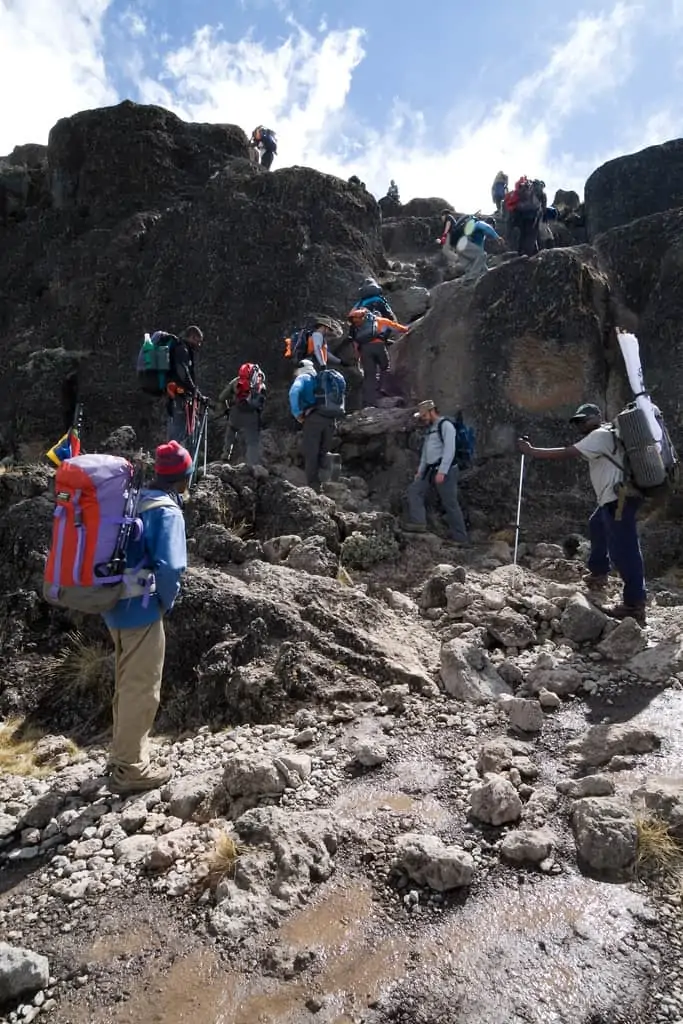
The first is the Barranco Wall.
The Barranco Wall is a 843 foot cliff located between Barranco camp and Barafu camp. The routes that will encounter this geographical feature are Machame, Lemosho, Shira and Umbwe. This is the first reason why it’s cramped. It’s a place where several trails come together.
In addition, it’s the first thing that climbers will tackle after camping at Barranco. So every group is starting on the wall at around the same time, just after breakfast. On top of that, the mountain crews use the exact same path to scale the wall.
And finally, the path itself is one that is narrow, requiring climbers to move in a single line. Parts of the route require scrambling, or use of the hands. So it’s slow going and one of the trickier sections of climbing Kilimanjaro. But don’t worry. Our guides assist each person one by one to get past any obstacles.
While no one enjoys having to wait for others to make progress on the wall, climbing the wall is a lot of fun. And nearly everyone cites the Barranco Wall as one of the highlights of the climb. The view from the top of the wall is amazing. Here, you can take pictures leaping high above the clouds.
Uhuru Point
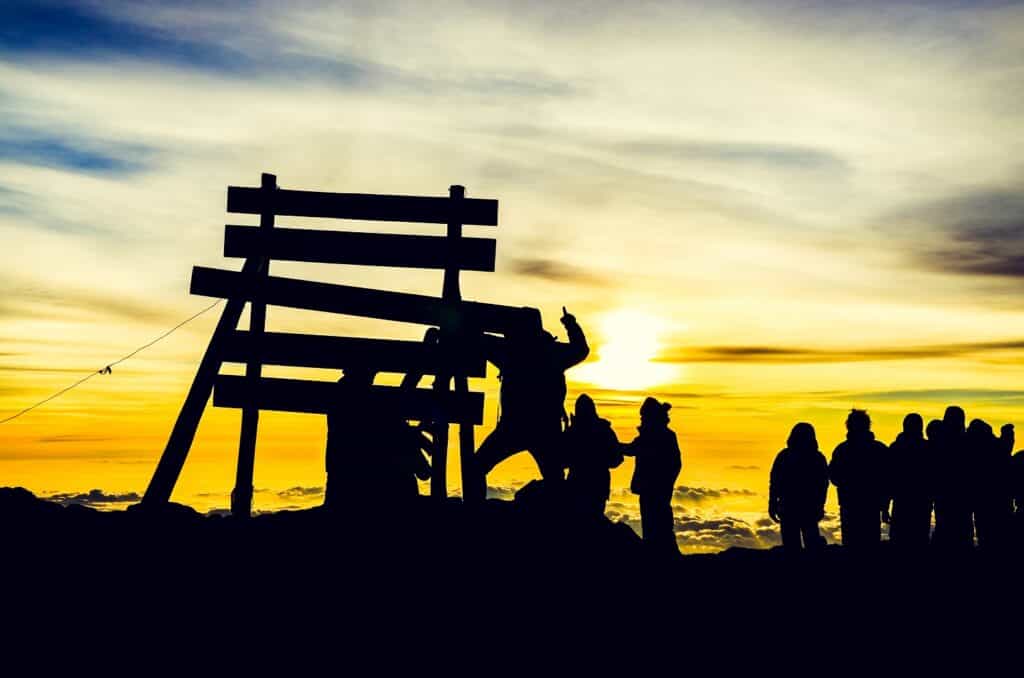
The second spot where it can get crowded is the summit. Of course, every route on Kilimanjaro reaches Uhuru Point. So everyone is heading to the same place. And nearly everyone is arriving around the same time, just after sunrise. It’s not uncommon to have a
line form at the sign to take summit photos.
We don’t linger at the top because it’s usually cold and windy. And anyone suffering from symptoms of altitude sickness shouldn’t hang out at this extreme altitude. These factors actually keep the summit less crowded than it otherwise might be.
Besides these two places – the Barranco Wall and Uhuru Point – Kilimanjaro may feel like an active mountain, but we don’t feel that it’s too congested.
What To Do About the Crowds

If it’s particularly important to you to have less people around you, check out the article 5 Simple Ways to Avoid the Crowds on Mount Kilimanjaro, where we give recommendations on how to plan a climb with the intention of minimizing the amount of foot traffic you’ll see.
For everyone else, our best advice is to take a less popular route like the Northern Circuit or Lemosho, climb during the dry season for good weather, and forget about the rest. It’s hard to predict who else might be on the mountain at any given time. And for most people, it’s not going to have a bearing on whether you enjoy your time or not.
Of all the people we’ve guided on Kilimanjaro, we have never heard a client say that it would have been a great experience if it weren’t for the presence of other climbers. So, it’s not worth stressing over. You might even find sharing the trail and campsites with other groups more interesting and fun.





















































